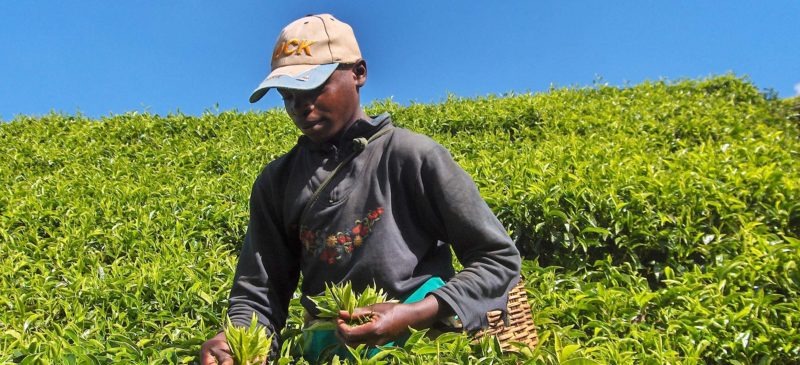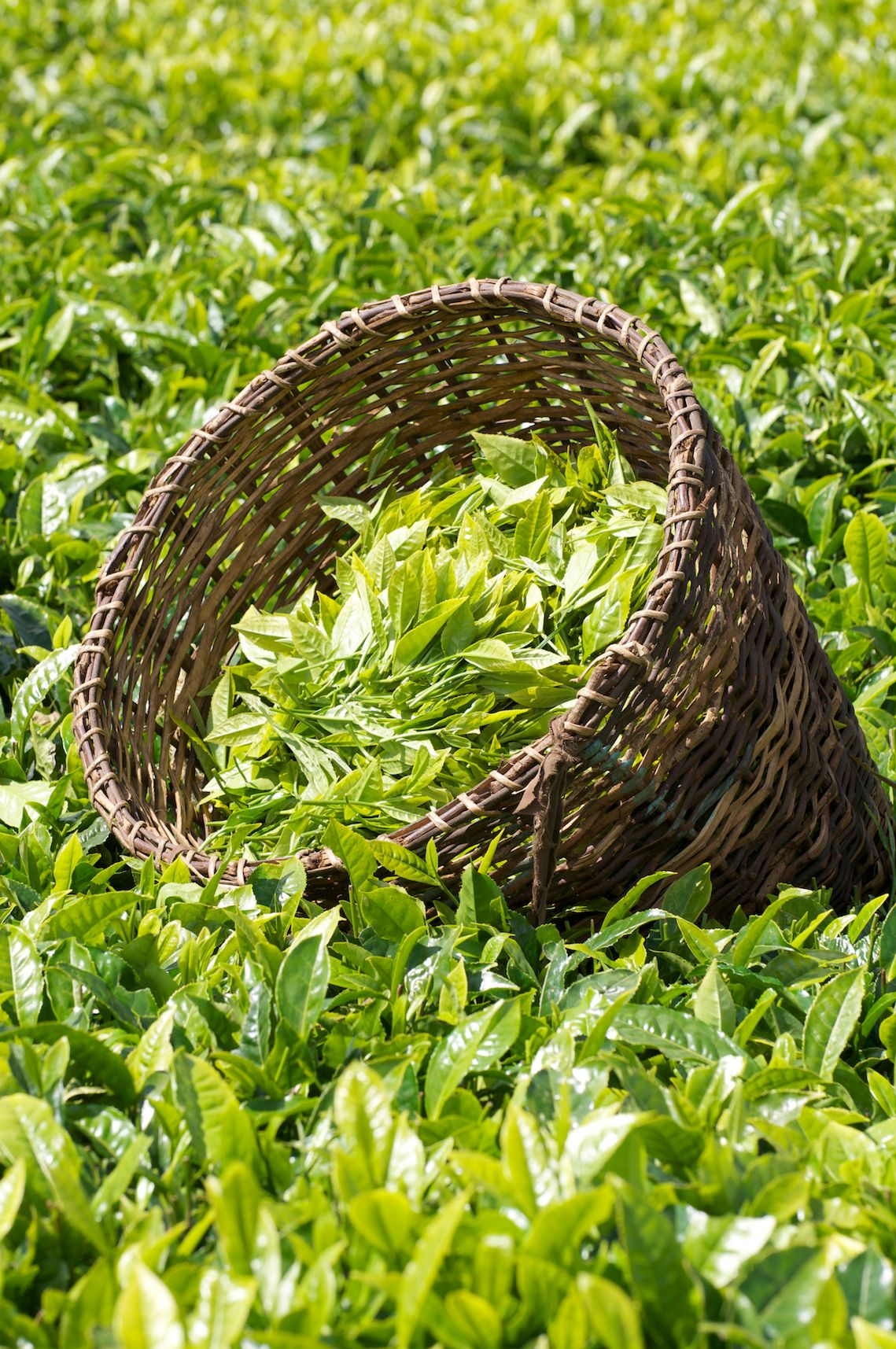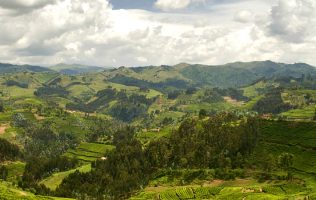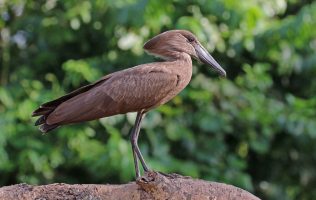Tea was introduced in Rwanda in 1952 and now it’s one of the largest export of Rwanda, the fertile volcanic soil and temperate climate are perfect for growing the plants that create this popular drink. Tea can be seen covering the mountains creating a stunning contrast to the blue skies, dirt roads and sunshine, the majority of the tea is cultivated on large plantations. Rwandan tea is planted on hillsides at high altitude between 1900m and 2500m and on well drained marshes at an altitude between 1550m and 1800m.production of the tea has increased steadily from 60mt of black tea in 1958 to 25,410mmt in the year 2015. Most of the tea processed in Rwanda is black tea(CTC) however green tea and orthodox tea is also processed in small qualities. Rwandan tea is known for its high quality and among the best in the world.
When you go for a tea tour, you will discover how this tea is harvested, processed and how its brought to taste sweet. Tea plantation tours take place in a variety of locations across Rwanda including, Musaza, nyaruguru, Gicumbi, Butare, Byumba, Rubavu, Gisakula, Cyangugu, Gikongoro, kibuye, Nyamasaheke, kitabi, with the major ones being around Nyungwe national park ‘Gisoya and Gisakura’. the tea leaves are collected in baskets called ‘Kitararu’ not only does the design of the baskets make it easy for growers to carry but it keeps the leaves fresh as it allows air to get them.





